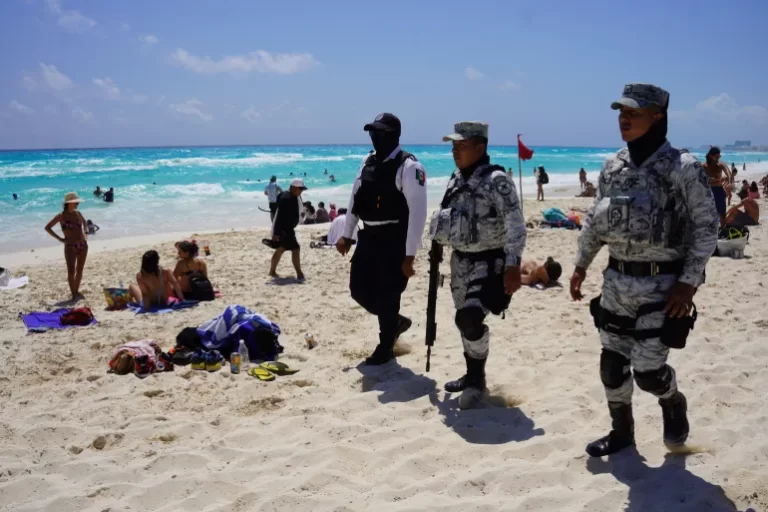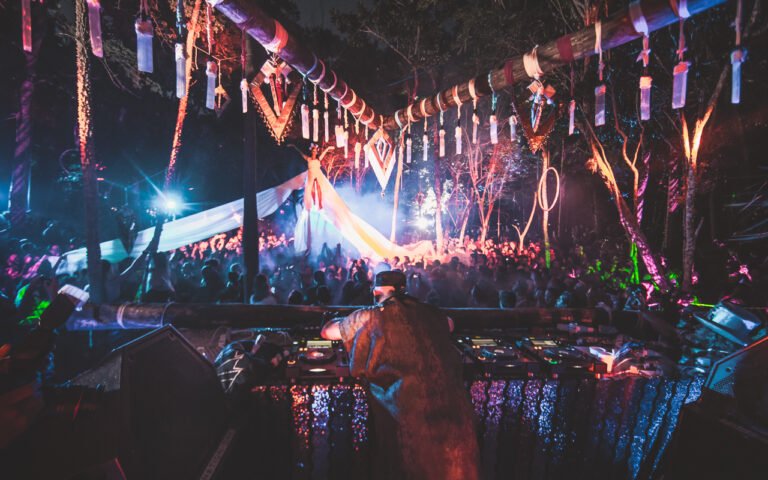13 Best Amazing Mayan Ruins in Mexico
Mexico is a country of great Mayan Ruins, with thousands of years of history in its rearview mirror. From the Olmecs and Toltecs of pre-Columbian times to the Spanish conquest and beyond, Mexico has been home to dozens of indigenous cultures, each leaving their mark on the land. Many of these cultures built spectacular ancient Mayan ruins, which still stand today and are open to tourists.
The Mayans were a remarkable people with an even more remarkable history. What makes their story so interesting is the fact that so many of their cities were abandoned by the year 900. However, what they left behind were remarkable clues to uncovering the details about their history. For example, the city of Chichen Itza is one of the most popular Mayan ruins.
What makes it so fascinating is that it was once a thriving city that was abandoned for unknown reasons. However, thanks to the clues left behind by the Mayans, we now know a great deal about this amazing civilization.
The ancient Mayans were a remarkable people who built incredible cities and left behind fascinating ruins. While there are many such ruins scattered throughout Mexico, the 13 featured here are some of the best and most amazing. From towering pyramids to elaborately carved temples, these ruins offer a glimpse into the lost world of the Mayans.
Chichén Itzá Mayan Ruins

Chichén Itzá is one of the most famous and extensively excavated archaeological sites in Mexico. The name Chichén Itzá is a Yucatec Maya phrase that means “mouth of the well of the Itza.” Chichén Itzá was the largest city in the northern Yucatán Peninsula and was one of the most important cities in Mesoamerica. The city was built by the Maya people sometime between 750 and 1000 AD.
The ancient city is known for its many impressive structures, including El Castillo (The Castle), a pyramid-temple that dominates the site. El Castillo is an extraordinary example of Maya architecture and is thought to have been used as a temple, observatory, and astronomical calendar.
Tulum
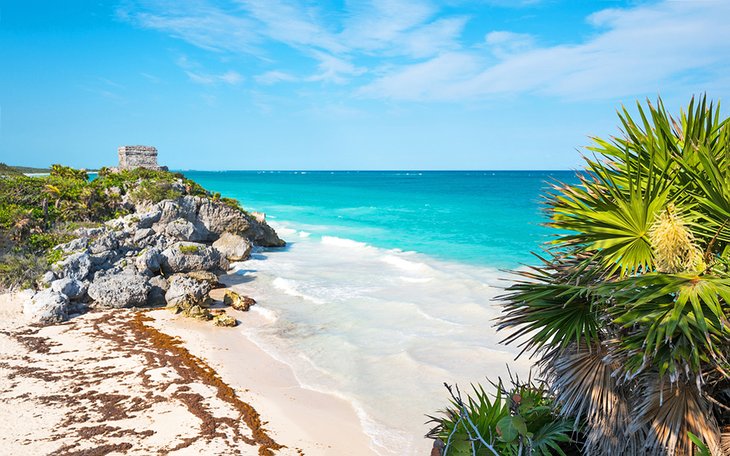
Tulum is a small town on the Yucatan Peninsula in Mexico. It is known for its Mayan ruins, which are some of the most well-preserved in all of Mexico. The ruins are situated on a cliff overlooking the Caribbean Sea. They are a popular tourist attraction, and there is also a small beach in the town where tourists can relax.
It was first settled by the Mayans in the 13th century. At its peak, the town had a population of around 20,000 people. The Mayans used Tulum as a port city, and it was also an important religious center. The ruins were abandoned by the Mayans in the 15th century, and they were rediscovered by European explorers in the 19th century.
Today, Tulum is a popular tourist destination thanks to its beautiful beaches and ancient ruins.
Coba
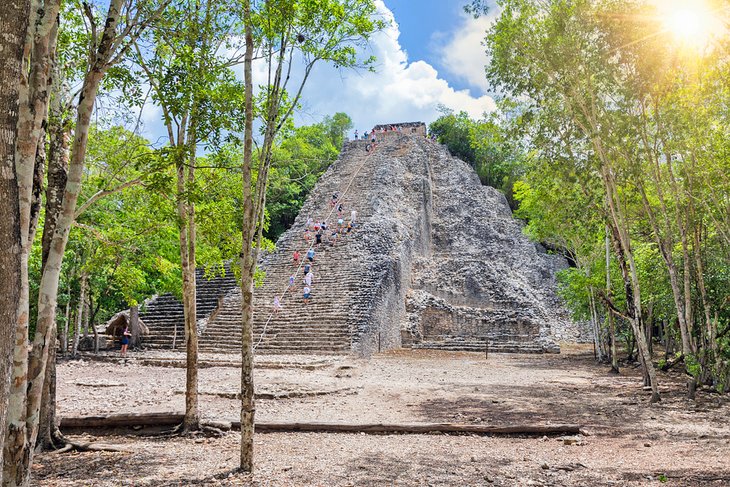
Coba is an ancient Maya city located in the Mexican state of Quintana Roo. It is situated about 50 miles (80 km) west of Chetumal, near the Caribbean coast. The site was first occupied around 350 BC, and reached its peak in the Late Classic period (600-900 AD). Coba was a major regional center, with over 50,000 inhabitants at its height.
The ruins at Coba are some of the most extensive and least restored in all of Mexico. The highlight of Coba is its 120 metre high pyramid, which offers stunning views over the jungle canopy. The climb to the top is not for the faint-hearted – it’s quite steep and there are no handrails – but the effort is definitely worth it!
There are also a number of stone temples and palaces, as well as a series of ancient roads that radiate out from the city center.
Palenque Mayan Ruins
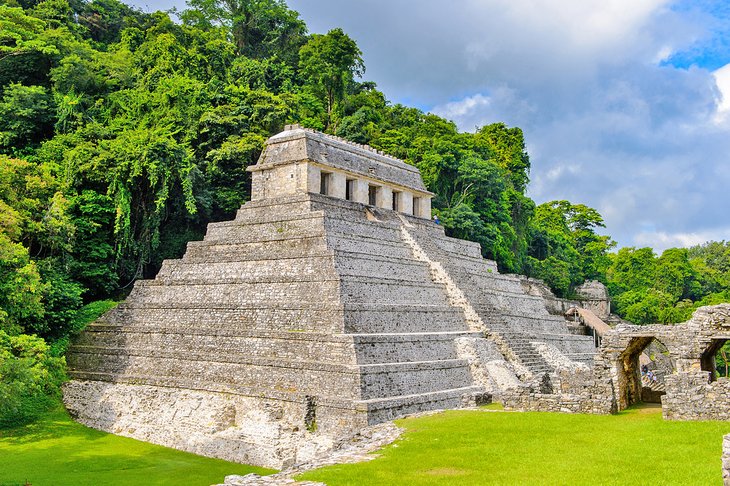
Palenque is a Maya archaeological site located in the Mexican state of Chiapas. It is situated on the slopes of the Sierra de Chiapas mountain range. The ruins are thought to date back to the 7th century AD and were declared a UNESCO World Heritage Site in 1982.
The most famous feature of Palenque is its intricate stone carvings, which depict scenes from Maya mythology and religion. Highlights include the Temple of Inscriptions, the Palace and the Temple of the Sun.
Despite its fame, Palenque remains relatively unexcavated compared to other Maya sites such as Chichen Itza and Tikal. This means that there is still much to be discovered at this fascinating ruin site.
Calakmul
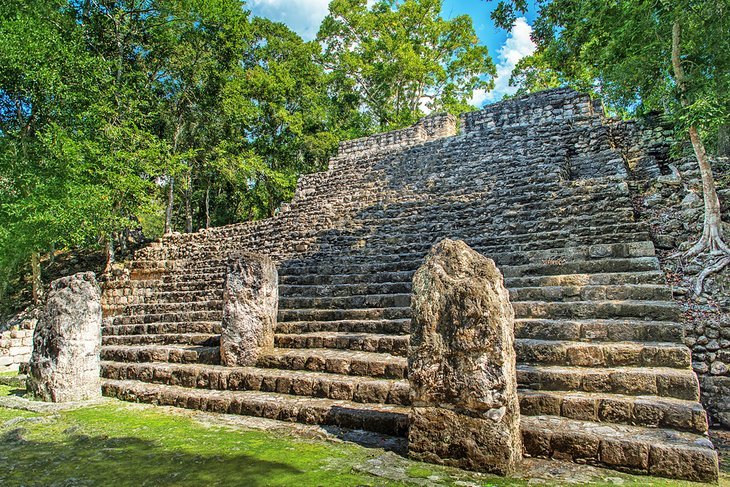
The Calakmul is one of the most important Mayan archaeological sites in Mexico. The site is located in the state of Campeche, in the municipality of Calakmul. It was declared a UNESCO World Heritage Site in 1992.
The city was founded in the late 6th century AD and reached its apogee during the Classic period (250-900 AD). At its peak, Calakmul had a population of around 50,000 people. The city was abandoned around 900 AD.
The site has been extensively excavated and many of the buildings and monuments have been restored. Highlights include the Temple of TwoHeaded Serpent, the Palace, and the Ball Court.
Bonampak
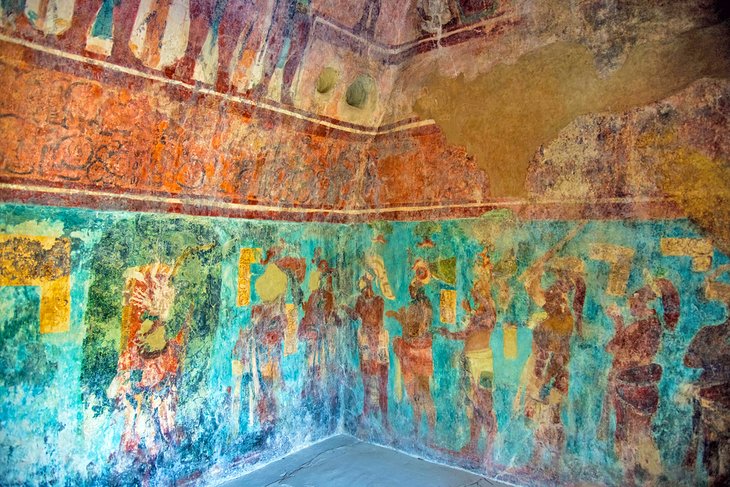
Bonampak is a set of Mayan ruins located in the Mexican state of Chiapas. The site was inhabited from around 300 BC to 900 AD and is most notable for its well-preserved murals. These murals depict scenes of warfare, sacrifice, and court life and are some of the best-preserved examples of Mayan art. Bonampak is also home to a large palace and several other smaller structures.
Despite being one of Mexico’s most popular tourist destinations, Bonampak remains largely unexcavated. This means that many of the site’s secrets remain hidden, waiting to be discovered by archaeologists. However, what has been excavated has yielded valuable insights into Mayan culture and daily life. Highlights of Bonampak include the murals, the palace, and the Temple of Inscriptions.
Ek’ Balam
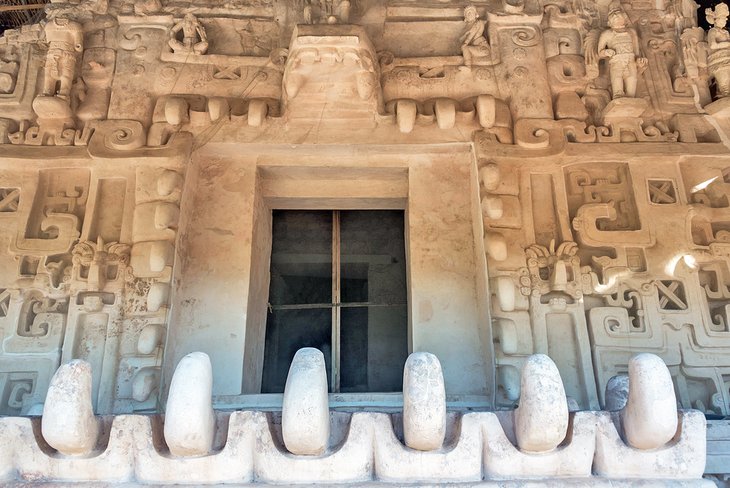
Ek Balam is a Mayan Ruin located in the Yucatan Peninsula of Mexico. Its means “Black Jaguar” in Mayan, and was named for the black jaguars that used to roam the area. The ruins were occupied from 300 BC to 1200 AD, and are thought to have been a major city during that time.
The most prominent feature of Ek’ Balam is the Acropolis, which is a large pyramid that was built in stages between 300 BC and 900 AD. There are also several other temples and structures at Ek’ Balam, including a ball court, observatory, and palace.
Ek’ Balam is not as well-known as some of the other Mayan ruins, but it is definitely worth a visit.
Uxmal
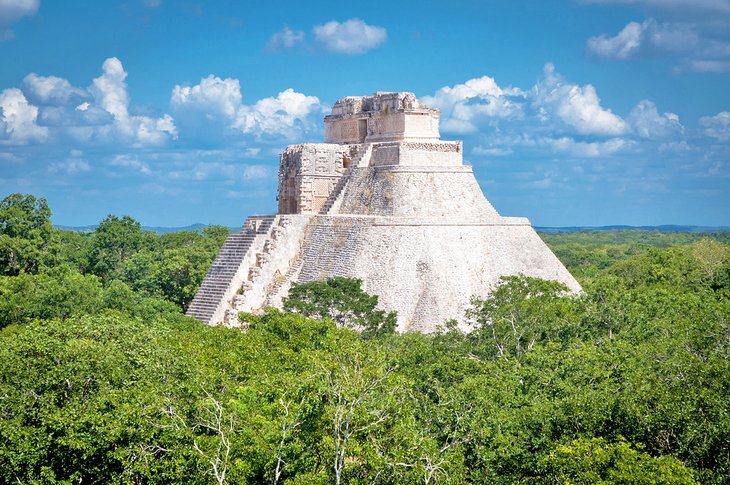
Uxmal is a Mayan Ruins site located in the Puuc region of Yucatan, Mexico. The site was occupied from 600-1000 AD and reached its peak in power and influence from 750-950 AD. Today, Uxmal is one of the most visited ruins in all of Mexico.
The most famous structure at Uxmal is the Pyramid of the Magician. This five-story pyramid was built in the 8th century and is adorned with intricate carvings and hieroglyphs. Other highlights include the Nunnery Quadrangle, the Governor’s Palace, and the Plaza of the Seven Dolls.
Uxmal is a UNESCO World Heritage Site and well worth a visit for history buffs and anyone interested in Mayan culture.
Becán

Most people think of the ancient Mayans as a people who inhabited modern-day Mexico and Central America. However, there were once many thriving Mayan communities in what is now southern Texas. The Becan archaeological site is one of the most important Mayan ruins in the region.
The Becan site was first excavated in the 1920s, and it has been extensively studied since then. It is believed that the site was occupied from about 600 BC to AD 900. One of the most interesting features of Becan is its unique architecture. The buildings were constructed from perishable materials like wood and mud, which have long since disappeared, so archaeologists have to rely on plaster casts to reconstruct them.
There are several highlights at Becan that make it worth visiting. One is the plaza, which was used for ceremonial purposes.
Edzná
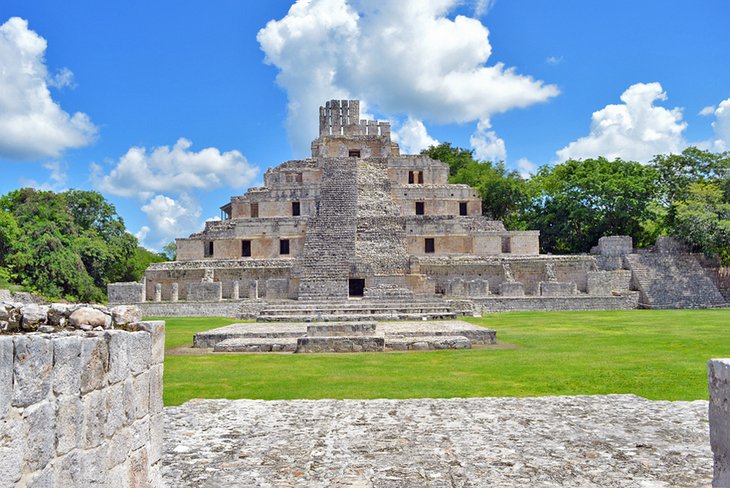
Edzna is a small but significant archaeological site located in the Mexican state of Campeche. The ruins are believed to date back to the Maya period, and there is evidence that the site was used for ceremonial purposes. The most famous structure at Edzna is the Temple of the Inscriptions, which features intricate carvings on its facade. Other notable structures at Edzna include the Acropolis and the Palace.
Despite its importance, Edzna is not as well-known as some of Mexico’s other Maya sites. This may be due in part to its location; it is not as accessible as more popular tourist destinations like Chichen Itza or Palenque. However, those who make the effort to visit Edzna are rewarded with an intimate look at an important piece of Maya history.
Yaxchilán Mayan Ruins
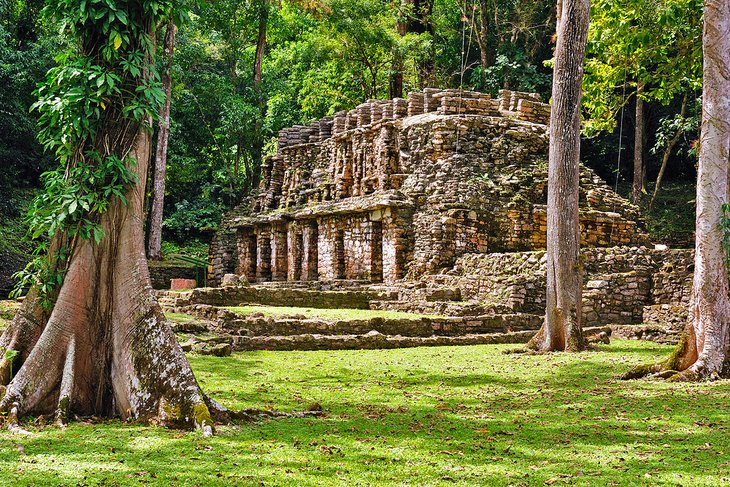
Yaxchilan is a Maya archaeological site located on the banks of the Usumacinta River in the Mexican state of Chiapas. It is one of the most important Maya sites in Mexico, and has been designated a UNESCO World Heritage Site. The ruins are situated on a high limestone cliff overlooking the river and are accessible only by boat or via a steep path up the cliff.
The earliest settlement at Yaxchilan dates back to around 600 BC, and the city reached its peak influence during the Classic period (300-900 AD). The city was extensively decorated with carved stone monuments and murals, and was home to a large population of elite nobles. Yaxchilan was also an important center for trade, and goods from all over Mesoamerica passed through its markets.
Kohunlich
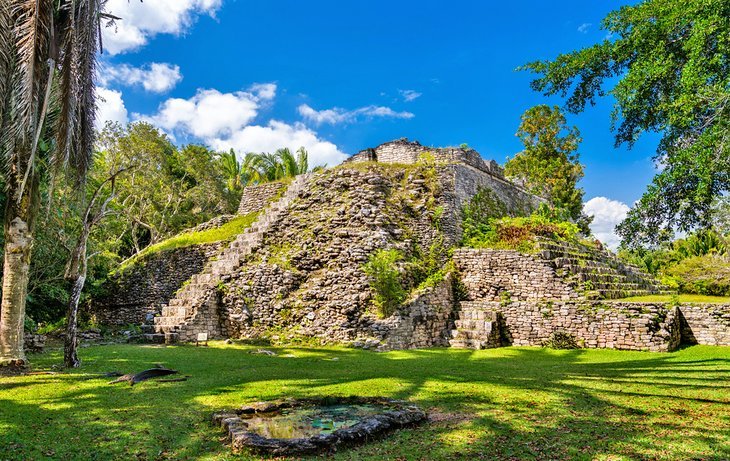
Kohunlich is a pre-Columbian Maya archaeological site located in the Mexican state of Quintana Roo. It is noted for its well-preserved temple pyramid. The ruins were declared a UNESCO World Heritage Site in 1987.
The site was occupied from the Early Classic period (300-600 AD) through to the Late Postclassic period (1300-1521 AD). Kohunlich reached its peak during the Late Classic period, when it was one of the most important cities in the region.
The main attraction at Kohunlich is the Temple Pyramid, which stands 38 meters high and was built between 600 and 800 AD. The pyramid is decorated with elaborate carvings of masks and other symbols.
El Rey Mayan Ruins
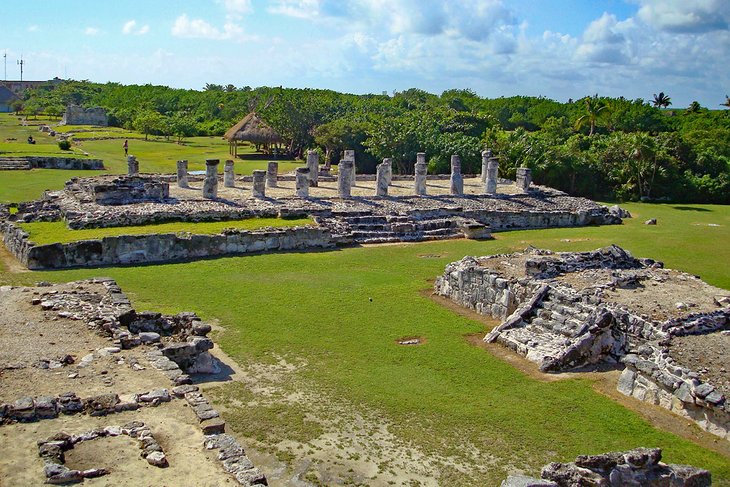
The El Rey is a small town in the north-central part of the Yucatán Peninsula. It is located about halfway between Mérida and Valladolid, and it is well known for its Mayan ruins. The El Rey ruins are some of the best preserved in the region, and they are a popular tourist attraction.
The history of El Rey goes back to the Late Classic period (600-900 AD), when it was a major center of Maya culture. The ruins include temples, palaces, and other structures that were built during that time. Over the centuries, the town has been abandoned and rebuilt several times, but many of the original Mayan features still remain.
El Rey is also well known for its colonial architecture. The town was founded by Spanish colonists in 1548, and many of the buildings from that era are still standing.

